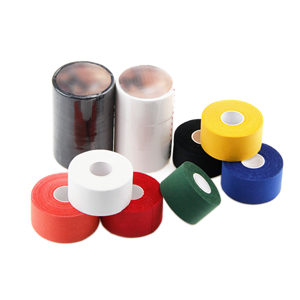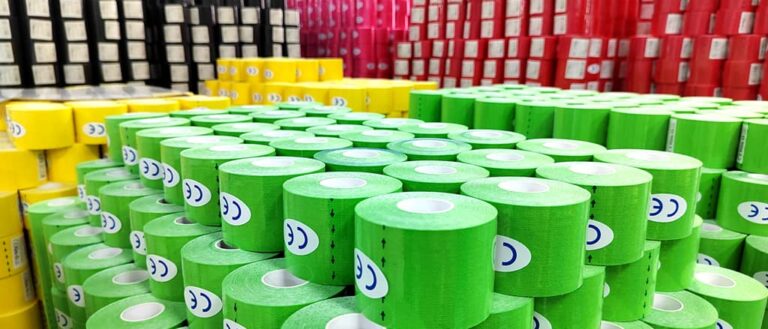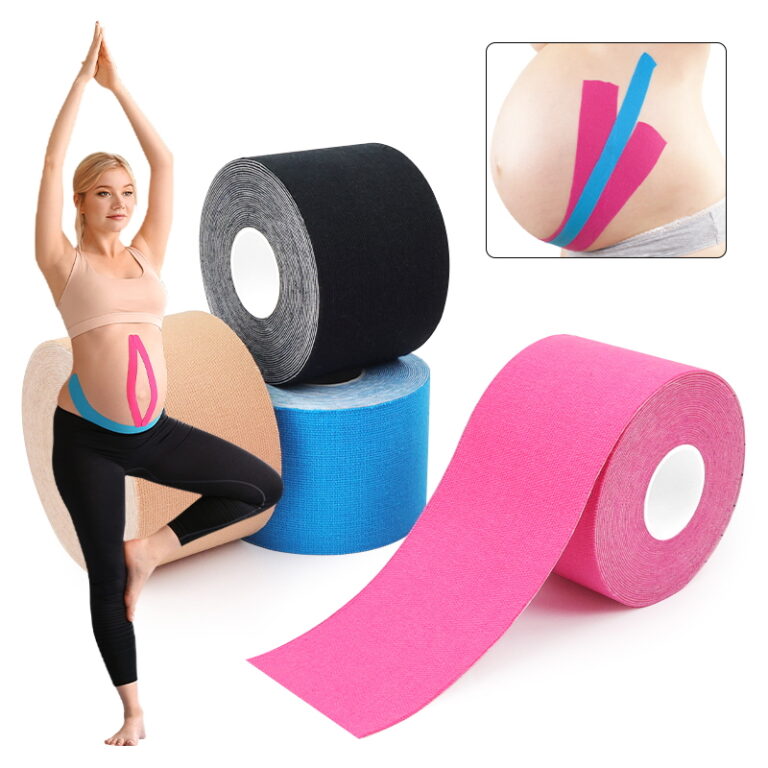Li Na put the gold athletic tape on the quadriceps on the front of the thigh, and Ba Shen put the patch on the back.
In addition to choosing the color of the gold athletic tape according to their own preferences, athletes also need to focus on the characteristics of different sports.
And the damaged part, choose the type of sticker and the way of sticking.
Experts explained that the Y-shaped patch on the back of Ba Shen, one side is along the starting part of the muscle (along the spine), the other side is along the muscle to the outside, and the two sides of the spine are symmetrically taped, which can relieve back muscle pain.

For plantar fasciitis, the intramuscular athletic tape can be cut and bifurcated to adapt to the structure of the plantar metatarsal.
However, their common principles are: each gold athletic tape overlaps with its adjacent previous patch by 1/2; when attaching 2.5 cm, pay attention to maintaining a stable tension and smooth speed, and follow the contours of the body part.
Change and correct the taping angle; when the gold athletic tape is torn and pasted to the skin, it should be smoothed immediately to avoid wrinkles.
gold athletic tapes are derived from bandages
The evolutionary history of athletic tape can be traced back to bandages.
The earliest and most typical example of the use of bandages is mummies; the ancient Greeks used a mixture of olive oil, lead oxide and water to make therapeutic ointments.
Chinese medicine also used various medicinal materials to make plasters and stick them on the uncomfortable parts of the body.
In 1920, Americans applied glue to bandages to make sticky bandages. In 1980, the stretchable patch developed by the Japanese Kase began to be widely used in clinical practice.
With the development of science and technology, medical athletic tape and support gold athletic tape have become lighter, waterproof, breathable, more skin friendly, more sticky, durable and elastic, and can be applied to more occasions , especially in sports that are prone to strain joints, muscles, ligaments and soft tissues.




